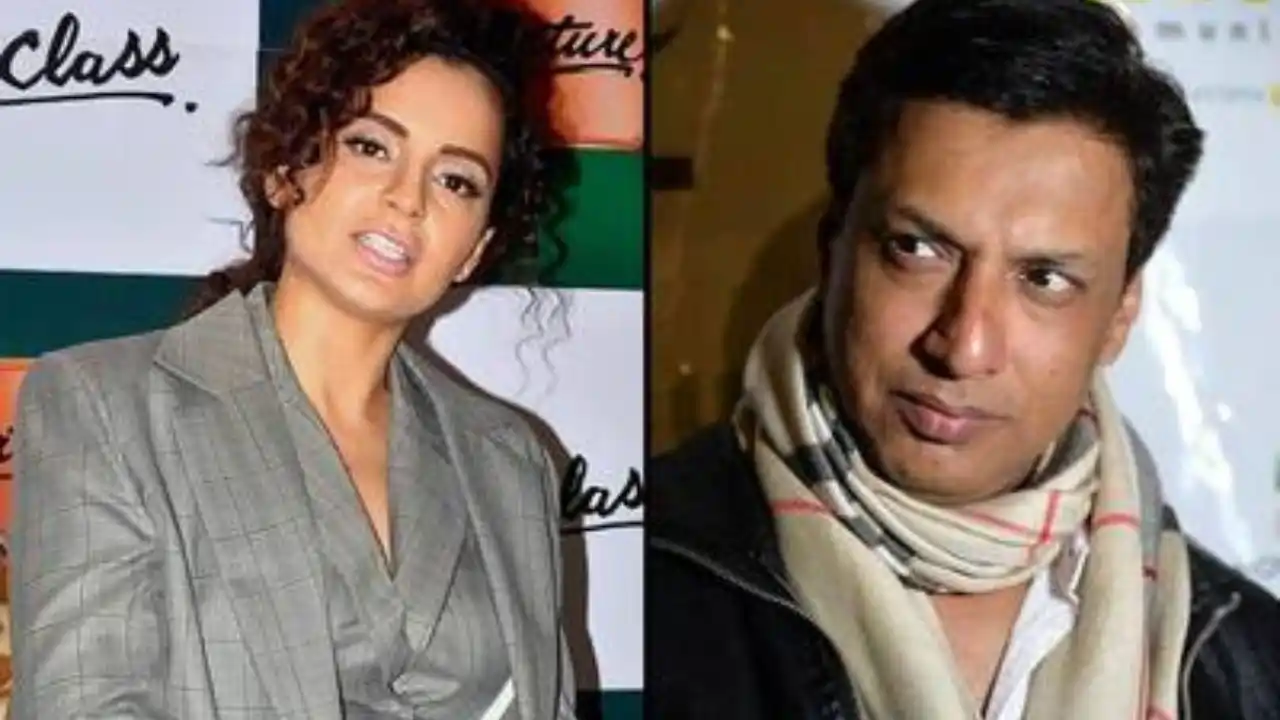
‘HIL changed style and personalities of Indian players’
6 months ago | 5 Views
At his peak, Moritz Furste was single-handedly the most terrorising factor for opposition teams when the German stepped on to the artificial turf. The tall and sturdy all-round player was the most complete player of his generation, a magician with the hockey stick who was quick on the uptake and an expert at creating opportunities and scoring goals.
The 40-year-old started as a full-back before transitioning into his new role as an attacking midfielder and finally ended his long career as a forward. The experience of different roles made him one of the masters of total hockey, like most of the German outfit back in the day. The European outfit dominated the sport for a decade to win two Olympic (2008, 2012), one World Cup (2006) and two Champions Trophy (2007, 2014) gold medals.
It was his ability as the most complete player that had made Kalinga Lancers buy the German for a record $105,000 ( ₹88 lakh) despite starting at a base price of $30,000 ( ₹25 lakh) at the 2015 auction of the Hockey India League (HIL), a tournament which he believes changed Indian hockey forever.
“When I first started in 2000 to the 2006 World Cup in Germany to the 2010 World Cup here in this very stadium, India was far away from knocking on the doors (of the top echelons). They were not bad, but they were not good enough to knock on the door to win medals. But HIL changed that,” says the former FIH Player of the Year.
“Not only the playing style of Indian players but also the personalities. The guys now speak English. They can talk to referees. They can get in the conversation with other players and stand up when someone would trash talk to them. When HIL started, it was not the case. It took us two weeks to have a proper conversation with one of the young Indians because they wouldn’t talk to us, they were so shy.”
The HIL took place for five years from 2013 to 2017 before folding due to financial constraints. A revamped HIL will take place after almost an eight-year gap from December 28 to February 1.
“HIL was a very important step to build personalities of all these younger players and make them self-confident on the pitch, believing in themselves that they can beat all the top teams because they were always good enough. That was not the point. They just couldn’t bring it together to stand up to the Australians, Germans and the Europeans who come on with a personality. That is the biggest change that has happened,” said the two-time Olympic champion, who also won a bronze at Rio 2016 before ending his international career.
Furste was witness to Indian hockey’s nadir when the team failed to qualify for the 2008 Beijing Olympics. Though they made the cut at London 2012, they finished 12th and last. A keen follower of the sport even today, the former world champion believes that India’s game has shifted from focussed on individual skill to a more European-style fast-paced team game.
“From 2010-12 India had one of the best strategic midfielders in the world in Sardar Singh. He could play the ball, pass it and was able to see (around him). He was playing very European. This was the stepping stone for players like Manpreet (Singh), especially in midfield, who also played in a European style, understanding that the ball is much fitter than the player,” said Furste, who is currently busy with his company Hyrox which is into indoor hybrid fitness racing. The first India race is on May 3, 2025, in Mumbai.
“Letting the ball run is very important in modern hockey, especially with the pace of today. The game changed from only being individual 15 years ago. Back then an Indian player would never pass and would only dribble, dribble, dribble. They were good at it, but you don’t win games like that. They started passing the ball better and more, putting the forwards in positions where dribbling made sense. That’s the biggest change in the Indian game I’ve seen.”
From around Furste’s retirement, Germany went through a period of decline for around two Olympic cycles until recently when they won the 2023 World Cup in Odisha and ended with a silver at the Paris Olympics. Their young Turks too won the Junior World Cup last year for a record seventh time, further emphasising Germany’s return to the top of international hockey.
“Germany and Netherlands played the best tournament in Paris. India played a good tournament, but consistently Germany and the Netherlands played the best. They deserved the 1-2. But I would not say they are far above the rest. Australia will come back for sure. They will not let that happen with them, to be out of the top four for good. The top five-six teams will be competing for medals in the future,” added Furste.
“Germany, we had a fantastic generation for more than a decade, making all the finals and winning many titles. That’s very difficult to uphold forever. Then Belgium came up, they were on top for 10 years and now they are declining. It’s interesting to see who takes over now, because at the moment it’s not quite clear. There’s no one team that is dominating, which is good for hockey.”
HOW DID YOU LIKE THIS ARTICLE? CHOOSE YOUR EMOTICON !
#




















